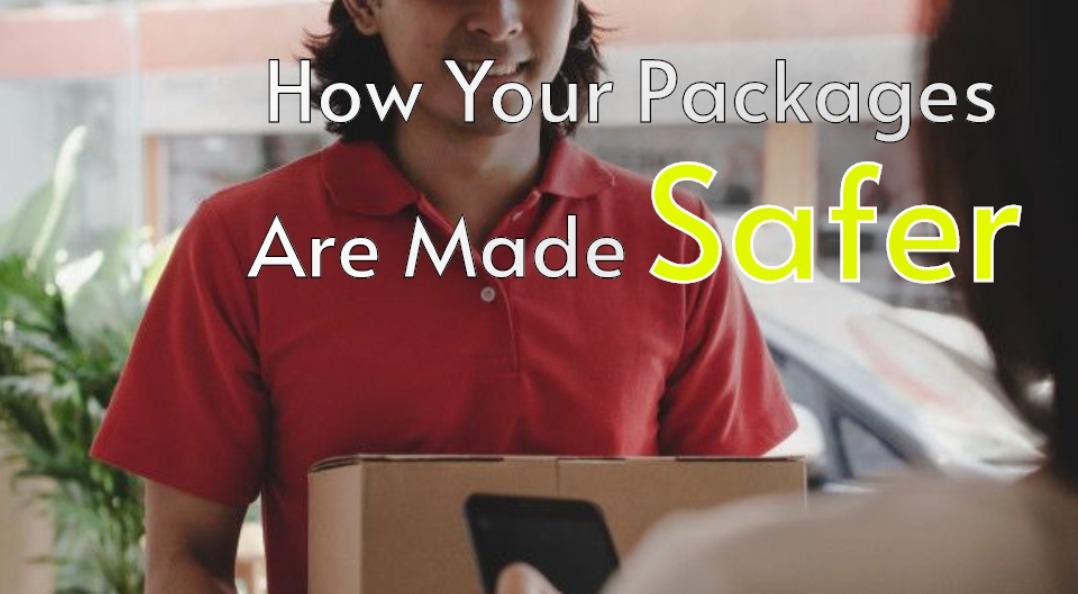Home deliveries during coronavirus: How your packages are made safer
Home deliveries don’t completely eliminate the risk of spreading coronavirus but it can significantly lower the risk if adequate precautions are taken.

Millions of people are in a nationwide lockdown in Italy, which was preceded by a similar lockdown in various parts of China, making it one of the largest such action in human history. The measures are being implemented to contain the coronavirus (COVID-19) outbreak which has infected over 125,000 people and killed over 5,000 people. Many private companies and governments all over the world are also encouraging employees to work from home and avoid all non-essential travel to try to curb the outbreak which has already spread to 132 countries.
Hesitant to leave home as the coronavirus scare persists, people all around the world have found a lifeline with home deliveries. From food to toilet papers, almost everything is being delivered at doorsteps and the rising demand supported by the new and in-demand ‘contactless delivery’ options.
But the drivers that make these deliveries possible are out on streets all day and are on the frontline in terms of risk and exposure to the deadly virus.
Is it safe to order home deliveries?
According to the World Health Organization (WHO), the COVID-19 may survive on surfaces for a few hours or up to several days depending on different conditions (e.g. type of surface, temperature or humidity of the environment).
Researchers from the Virology Laboratory of the National Institutes of Health in Montana recently said in a preprint that the virus can survive on cardboard for up to 24 hours, according to MIT Technology Review. Cardboard is the most common material for making delivery boxes. Another common material used for making delivery packaging in plastic and the virus can survive on plastic and stainless steel for up to 24 hours, according to the preprint.
In the case of food deliveries, Harvard Health by Harvard Medical School says that the possibility of infection being transmitted by food cannot be ruled out and the new coronavirus “is a respiratory virus known to spread by upper respiratory secretions, including airborne droplets after coughing or sneezing.” The virus might be killed by cooking in case of hot foods but that may not be the case with uncooked foods like salads or sandwiches, it adds.
Steps taken to ward off the risk
Home deliveries don’t completely eliminate the risk of spreading coronavirus but it can significantly lower the risk if adequate precautions are taken. When the outbreak was growing in China, many fast-food companies ramped up “contactless” pickup and delivery options to keep their workers and customers safe.
As fever is one of the main symptoms of the infection, the delivery staff is regularly scanned for their body temperature to ensure they don’t have a fever and their bags and clothes are disinfected by their employers.
Some companies like McDonald’s also provided the delivery staff with ID cards which showed that they, and the people who made and packaged their food, had their body temperature scanned to prove they do not have a fever.
Residential complexes in China also quickly adapted to support these new delivery options and equipped their security and reception staff with body temperature scanners.
In deliveries which previously would have involved one person handing a package to another person, the driver now puts the packages down and then steps away to a safe distance, waits for the customer to collect it and then leaves.
Similar measures are now being adopted by companies and residential complexes all over the world. Many companies and even home-grown startups have introduced no-contact delivery options in their apps and are assuring customers about the steps being taken to ensure the safety of packages as well as the delivery staff.
Home deliveries, especially in the case of food, had initially taken a hit as customers feared delivery staff could put them at risk but new contactless deliveries and assurances given by companies have rebounded the orders.
With adequate precautions, home delivery is a safer option but has its limitations, lockdowns could disrupt the deliveries when businesses are forced to suspend operations and employers are already having a hard time getting hold of their drivers. Even those who return to work face long hours and physical and mental fatigue, fuelling the demands for higher compensation.
(Disclaimer: The opinions expressed are the personal views of the author. The facts and opinions appearing in the article do not reflect the views of Devdiscourse and Devdiscourse does not claim any responsibility for the same.)
- FIRST PUBLISHED IN:
- Devdiscourse










